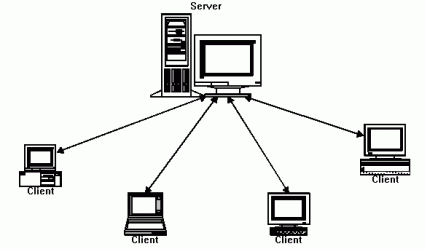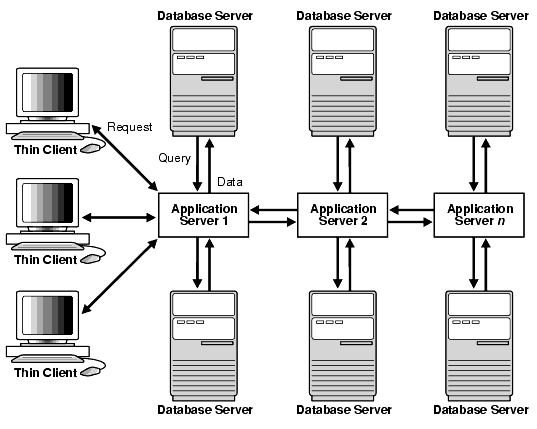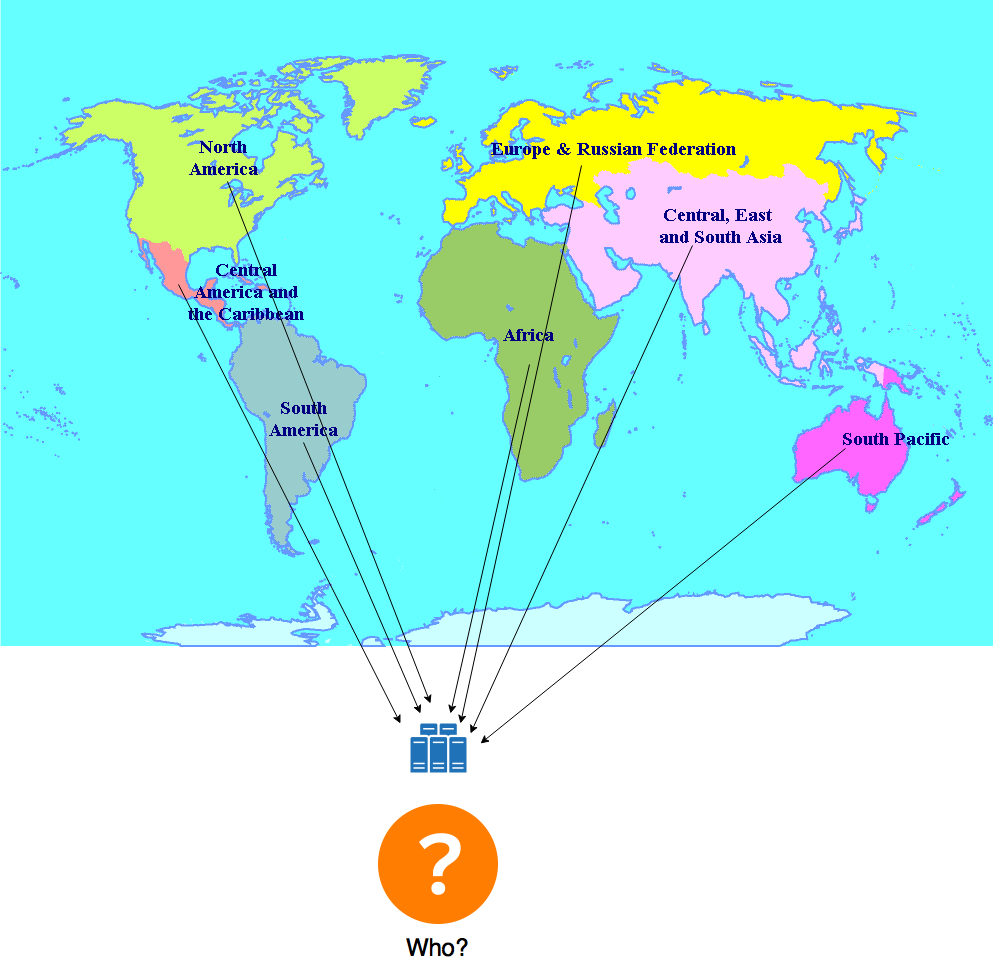- Created by Toni Magni, last modified on 2017-02-08
You are viewing an old version of this page. View the current version.
Compare with Current View Page History
« Previous Version 6 Next »
I Once Had a Dream...
When i was a kid and first heard about computers, and was exposed to them with dad's first experiences with a Commodore C-64 and an IBM PC Convertible 5140, immediately the question was "Dad, what is this? What is it for?". And an all familiar answer came, one we haven't had to explain in a few decades now:
Dad: "it's a computer. It can help write papers, kind of like a typewriter, except i can make corrections before i print the paper, as many as i wish! And it can also calculations for me: like i can keep track of my finances."
Son: "What else can i do with it?"
Dad: "One day, computers will be everywhere and we will store all sort of information in them. We will be able to store our medical history in them. Medical charts. Imagine: a person will be able to go in a hospital, any hospital in the world, they'll just walk in, show their ID, and the staff will be able to access their entire medical history, since they were born. No more ambiguous notes or prescription, it will all be just one".
Son: "Wow. Why? How is it now?"...
Anyways, we've had this dream for a long time now. Computers have been able to make things come true, things we never even dreamed of before. Well, how about things we did dream of before? Some if it became reality, but what happened with this specific medical informatics dream? 30 years have past and it never turned into reality! How come? Certainly many people must have worked on it.
Turning the Dream into Reality
So, as it turns out, this dream is a tricky one. Seems pretty easy, right? Just have someone write some good database system which is scalable, very scalable and then have everyone use it.
Oh. Everyone?
Yep. Everyone. Otherwise it won't work. The dream of being able to walk into any medical institution anywhere and them having access to my medical records if i allow them, requires every single medical institution to use this very scalable database. Well, with the traditional client-server based network schema this doesn't seem too realist. Let's take a closer look
Client-Server Network Scheme
This is the scheme that has been around the longest. It's very simple: there's a central server which provides information or services to it's clients, which are the consumers of it's services. One can't really do much with the server alone, unless one has a client as well.

The problems associated with this scheme are
- scalability: if there's one server, then each client has to go to that server in order to get what they want. So the server's network traffic will be used quite a bit. And if it's the entire world, well, that's a lot of traffic. We can fix this today by distributing the main server across a bunch of servers, which are physically located in different places and have a way to sync between each other. This is a concept known as a specific kind of distributed computing called content distribution network (CDN).

Here, from the clients perspective, they are still connecting to a single server on the network, however, behind the scenes, the server talk to each other to distribute the data, so that a lot of clients can connect at once. This how Google, Amazon, Apple and Microsoft deal with their respective "clouds". - agreeability: if there's only one entry point, then there's one organization that is controlling it. So we need to have all medical institutions agree to use this single entry point.

Hmm, that doesn't sound too easy. OK, maybe we can get the government involved in this. Yeah, what if we somehow manage to make it mandatory for every medical institution to connect to this network? OK, i guess that could work. Well, for a single country. How about the rest of the globe?
- Hmm.
Interesting and Related Reads
- A great example of how the future could look like if we applied blockchains to medicine
- IBM Watson Health (NYSE: IBM) has signed a research initiative with the U.S. Food and Drug Administration (FDA) aimed at defining a secure, efficient and scalable exchange of health data using blockchain technology.
- No labels